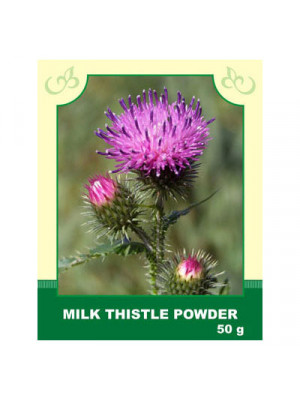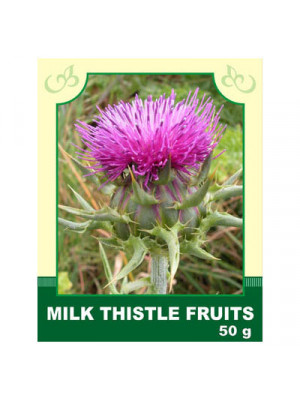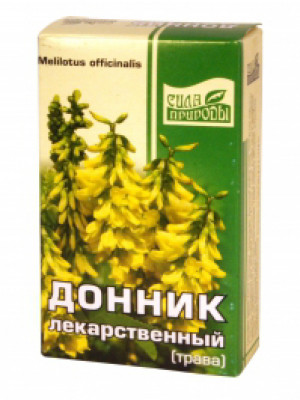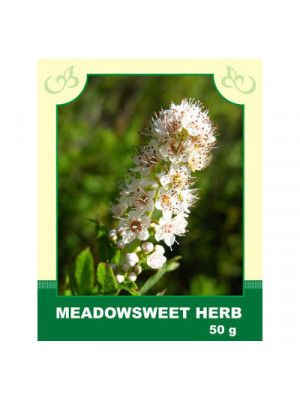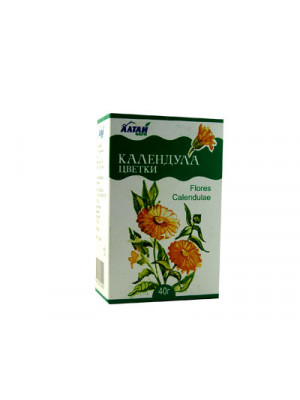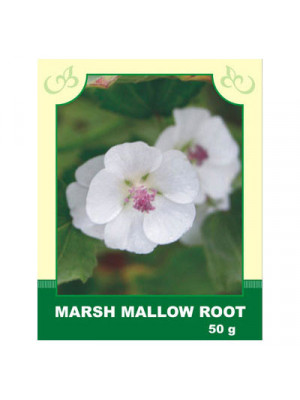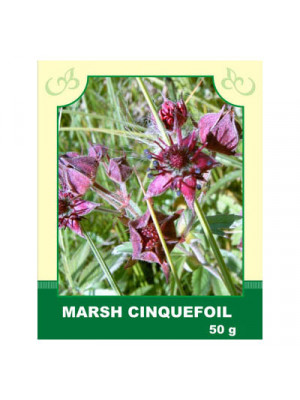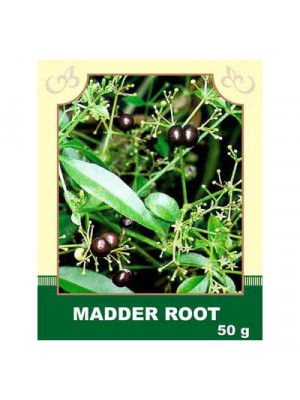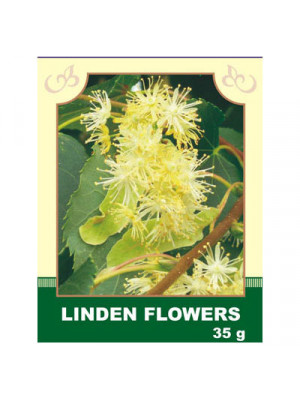Herbs
In folk belief, 1 tablespoon of meal is thought to completely neutralize alcohol before a feast. The leaves of milk thistle are considered a mild laxative and diaphoretic.
The seeds are used for hepatitis, gallstone disease, colitis, hemorrhoids, diseases of the spleen, thyroid gland, as well as for salt deposits, edema, dropsy, obesity, radiculitis, and joint pain in allergic skin diseases, baldness, and psoriasis. The meal is effective in alcoholism, constipation, reduces blood sugar levels, purifies the blood, and treats varicose veins.
Method of application and dosage: Steep 1 teaspoon of seeds in 250 ml boiling water, infuse for 20 minutes, strain, and drink hot in small sips, one glass in the morning on an empty stomach, half an hour before lunch, and in the evening before bedtime.
For the meal, boil 30 g in 0.5 L of water on very low heat until half of the liquid evaporates. Strain, drink 1 tablespoon every hour from morning to evening, or take 1 tablespoon of powder 4-5 times a day 20 minutes before meals, washed down with water. The course of treatment is one month. If necessary, repeat the course after 2-3 weeks. Halve the doses for children.
Contraindications: Individual intolerance.
$5.99
Description. Milk thistle is also known as St. Mary's thistle and lady's thistle. As the legend says it was St. Mary who gifted Milk Thistle to people. Milk Thistle is powerful in reconstruction of liver cells, it also is an antioxidant, and stimulates milk formation. Milk thistle fruits contain a mixture of flavonolignans. The fruits also contain fixed oil (a combination of fatty acids that are solid at room temperature), mucilage, protein and taxifolin (a chemical with unknown significance). Milk Thistle has been used as a therapy for many illnesses since ancient times. Use. Milk Thistle Herb is used for functional disorders of the liver and gallbladder. It is considered especially helpful in cases jaundice, colitis, pleurisy, and diseases of the spleen. Milk Thistle Fruit are used by some for the treatment of dyspeptic symptoms, loss of appetite, liver and gall bladder complaints including inflammation of the gall bladder duct, toxic liver disease and hepatic cirrhosis. It helps reduce outbreaks of Psoriasis. The National Cancer Institute and the National Institute of Nursing Research are also studying milk thistle, for cancer prevention and to treat complications in HIV patients.
Attention! Before using any herbal products, make sure that you have full knowledge of how the herb works and any adverse reaction it may cause.$4.99Internally, it is used in the treatment of chronic bronchitis, hypertension, nervous disorders, epilepsy, insomnia, migraines, rheumatism, and radiation sickness. It is particularly noted for its application during menopause, kidney and liver diseases, ovarian diseases, and respiratory infections.
Method of application and dosage: Pour 1 tablespoon of ground herb of clover with 200 ml of boiling water, heat on a water bath for 30 minutes, cool at room temperature for 15 minutes, strain. Drink 1/3 cup 3 times a day before meals. Externally, infusion and decoction of clover, as well as ointment from clover flowers, are used for the treatment of furunculosis, purulent wounds, mastitis, otitis, and rheumatism.
Contraindications: individual intolerance, pregnancy, kidney diseases. It is a toxic plant, and strict dosage should be observed; consult a specialist before use. It is advisable to use it only in herbal blends.
$6.99Internally, lovage is taken for the following purposes:
- As an anti-inflammatory, analgesic, and diaphoretic remedy for flu and high temperature;
- In gout, rheumatism;
- For hysterical seizures, severe stomach and intestinal pain;
- For hemorrhoids, dysentery, and worms;
- As a diuretic for kidney and bladder diseases;
- Effective in treating upper respiratory tract infections, skin conditions, headaches, suffocation, and heart diseases.
Method of administration and dosage: 3 tablespoons of finely crushed dry herb are infused in 250 ml of boiling water, heated in a water bath with the lid closed for 15 minutes, infused at room temperature for 45 minutes, strained, and consumed throughout the day in equal portions.
Externally, lovage is used for:
- Treating dermatosis, wounds, ulcers, and furuncles;
- For leucorrhoea, bites of snakes or rabid animals.
A ointment made from a powder of lovage roots, vaseline, and lanolin (in a ratio of 1:2:1) is used to lubricate affected areas in dermatosis and for rubbing in rheumatism.
Contraindications: Individual intolerance.
$6.99- Calendula flowers have antiseptic, anti-inflammatory, mild sedative, choleretic, spazmaliticheskoe action$5.99
Internally, it is taken as an expectorant, anti-inflammatory, and enveloping agent for bronchitis and bronchial asthma, gastritis, colitis, stomach ulcers, and duodenal ulcers; for inflammation of the bladder and urinary incontinence.
Method of application and dosage: The infusion is prepared by the cold method: 6-8 g of crushed root are infused in cold water for an hour, strained, and sweetened with sugar or honey. Take 20 g every 2 hours.
External use: used for gargling and lavage in inflammations of the mucous membranes of the mouth, angina, stomatitis, and on the genital organs.
Contraindications: individual intolerance.
$6.99- The properties of Marshmallow are anti-inflammatory and coating. Marshmallow also helps to boost the immunity at cellular level. Marshmallow is used internally to treat inflammation and ulceration of the digestive tract, oral and pharyngeal mucosa with associated dry cough. It relieves irritation of the mucus membranes of the mouth, throat and gastrointestinal tract and helps with respiratory complaints including bronchitis and asthma. The polysaccharides form a protective film over inflamed and irritated mucosal tissue. Marsh Mallow Root is often used for eyes inflammations as a wash.$6.99
Internally, it is taken for cardiovascular diseases, gallstone disease, bronchial asthma, acute bronchitis, arthritis, osteoarthritis, toothache, gynecological diseases, dermatitis, and hemorrhoids.
Method of application and dosage: Pour one-third of a half-liter jar of crushed saberfish with vodka, close the vessel tightly, and place it in a dark place. It should infuse at room temperature for at least 3 weeks. The ready tincture is taken 1 tablespoon three times a day before meals, washed down with a small amount of water.
Externally, you can also prepare an oil infusion (extract). Vegetable oil is used instead of vodka for its preparation. The rules for preparing and storing the extract are the same as for the tincture. The oil extract is used for rubbing into sore spots. After rubbing, the affected area is wrapped with a woolen cloth. The procedure is carried out at night.
Contraindications: Pregnant and lactating women, children, and individuals with individual intolerance to the preparation. When taking the tincture, one should avoid getting cold, refrain from eating salty, sour, and spicy foods. Also, do not take any medicines, herbs, or alcohol.
$6.99Internal Use:
It gradually loosens and breaks down kidney, bladder, and gallbladder stones without significantly affecting blood pressure and breathing. It enhances heart contractions without noticeably affecting heart rhythm. It has diuretic and anti-inflammatory effects in the treatment of pyelonephritis, nephritis, and cystitis. It helps eliminate salts from the joints of the hands and legs. Under the influence of marjoram, urine turns pink-red, and stones come out in flakes.
Method of Application and Dosage: Infuse 1 teaspoon of crushed raw material in 200 ml of cold water, infuse for 8 hours, then strain the extract, and the raw material is re-infused with 200 ml of boiling water. After 15 minutes, strain again. Both infusions are mixed and consumed in several doses throughout the day before meals.
Contraindications: Individual intolerance, overdose is not allowed. Limit the consumption of products containing an excess of oxalic and citric acids. It is recommended to consume boiled meat, fish, vegetable oil, cereal dishes, beets, cucumbers, watermelons, melons, non-acidic varieties of apples, pears, plums, as marjoram can damage teeth. It is advisable to drink infusions through a straw and rinse your teeth.
$6.99Internally, linden flower infusion is taken for the following conditions:
- Colds, rheumatism, and cough;
- Inflammation of the kidneys and bladder;
- Nervous system disorders in children and the elderly, including hysteria, epilepsy, and headaches;
- Intestinal colic and stomach pains;
- During measles and mumps.
Methods of administration and dosages: 2 tablespoons of crushed linden flowers are infused in 200 ml of hot boiled water, steeped for 20 minutes. Taken internally in a warm form, 1-2 cups 2-3 times a day after meals.
Externally, the infusion is used for:
- Gargling in cases of inflammation of the mucous membranes of the mouth and respiratory tract;
- As compresses and lotions for edema, ulcers, inflammation of hemorrhoidal nodes, and joint pain in rheumatism and gout;
- As therapeutic baths: 100 g of raw materials are poured into 2 liters of boiling water, boiled for 5 minutes, and infused until cooled.
Contraindications: Individual intolerance.
$7.99


